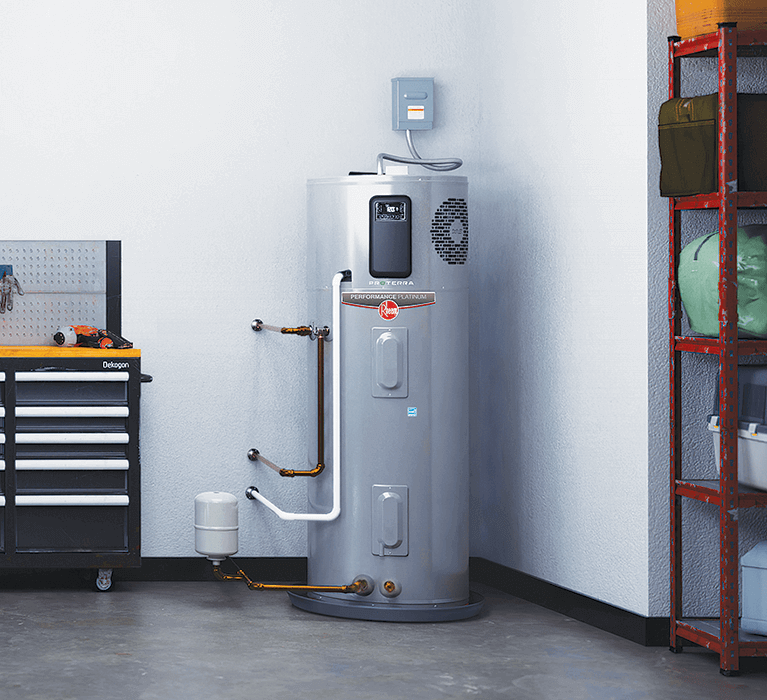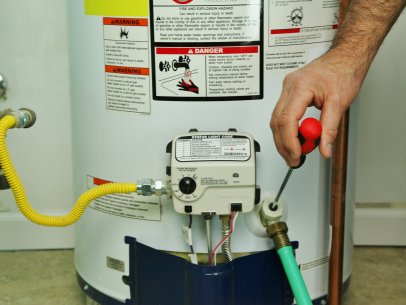Effective Techniques for Maintaining Your Home's Hot Water SystemEfficient Strategies for Maintaining Your Home's Hot Water System
Effective Techniques for Maintaining Your Home's Hot Water SystemEfficient Strategies for Maintaining Your Home's Hot Water System
Blog Article
This great article on the next paragraphs on the subject of Tips For Maintaining Your Hot Water Heater is really attention-grabbing. Give it a go and make your own personal conclusions.

Warm water is vital for daily convenience, whether it's for a rejuvenating shower or washing recipes. To ensure your warm water system runs efficiently and lasts longer, normal maintenance is vital. This short article supplies sensible tips and insights on just how to preserve your home's warm water system to prevent disturbances and costly repair services.
Intro
Maintaining your home's warm water system might appear daunting, but with a few straightforward actions, you can ensure it runs smoothly for several years ahead. This overview covers everything from recognizing your hot water system to DIY maintenance ideas and recognizing when to call in professional assistance.
Value of Keeping Your Warm Water System
Normal upkeep not only prolongs the life-span of your hot water system however additionally ensures it runs successfully. Neglecting upkeep can bring about decreased effectiveness, greater power bills, and even early failing of the system.
Signs Your Warm Water System Demands Maintenance
Understanding when your warm water system requires attention can avoid significant concerns. Look out for indications such as irregular water temperature level, weird noises from the heating unit, or rustic water.
Comprehending Your Warm Water System
Before diving into maintenance tasks, it's valuable to comprehend the fundamental elements of your hot water system. Commonly, this consists of the hot water heater itself, pipelines, anode poles, and temperature controls.
Regular Monthly Maintenance Tasks
Regular monthly checks can aid catch minor problems before they intensify.
Purging the Water Heater
Flushing your water heater removes sediment buildup, enhancing effectiveness and extending its life.
Monitoring and Changing Anode Rods
Anode poles stop deterioration inside the storage tank. Examining and replacing them when broken is critical.
Checking and Changing Temperature Settings
Readjusting the temperature level settings ensures optimum efficiency and security.
DIY Tips for Upkeep
You can do a number of upkeep tasks yourself to maintain your warm water system in top problem.
Looking for Leaks
Regularly check pipes and links for leakages, as these can result in water damages and higher bills.
Checking Pressure Relief Valves
Checking the pressure safety valve guarantees it functions appropriately and stops excessive stress accumulation.
Insulating Pipelines
Insulating warm water pipes reduces warm loss and can save power.
When to Call an Expert
While DIY maintenance is beneficial, some concerns require specialist competence.
Facility Problems Calling For Expert Aid
Examples consist of major leakages, electric issues, or if your hot water heater is regularly underperforming.
Regular Expert Upkeep Advantages
Specialist maintenance can consist of comprehensive evaluations, tune-ups, and making sure compliance with security criteria.
Conclusion
Normal maintenance of your home's hot water system is crucial for efficiency, durability, and price savings. By complying with these pointers and knowing when to look for specialist help, you can make sure a trusted supply of hot water without unforeseen interruptions.
Water Heater Maintenance: The Basics
Maintaining your water heater will ensure it operates efficiently and has a longer lifespan. Neglecting regular maintenance can lead to costly repairs and an even bigger chunk of your savings if you have to replace it sooner than necessary. But there’s good news: Most water heater maintenance tasks are relatively simple and easy for homeowners with basic DIY skills.
Flush the Water Heater
Over time, sediment and minerals can build up in the tank, reducing its efficiency and potentially causing damage. To flush the tank, turn off the power or gas supply, attach a hose to the drain valve near the bottom and open the valve to drain the water until it runs clear. Ideally, flush the tank annually.
Replace the Anode Rod
The anode rod is a sacrificial metal rod that helps prevent corrosion inside the tank. Inspect and replace it every three to five years or per the manufacturer's recommendation. To replace the anode rod, turn off the power or gas supply, drain a few gallons of water from the tank, unscrew the old rod and replace it with a new one. If the anode rod is significantly corroded or covered in calcium buildup, it's a sign the water heater may need to be replaced soon.
Tune-Up
A yearly tune-up can help identify potential issues and ensure your water heater operates at peak efficiency. This typically involves checking the thermostat, burner assembly (for gas heaters) and any other components specified by the manufacturer. During a tune-up, the technician may also clean the burner and adjust the pilot light (for gas heaters) or examine the heating elements (for electric heaters).
How to Maintain Your Water Heater
Insulate the tank. Insulating the tank can improve energy efficiency and reduce heat loss, saving you money on energy bills. You can purchase precut insulation blankets designed specifically for water heaters or use standard fiberglass insulation wrapped securely around the tank. Check the temperature. The recommended water temperature for most households is around 120 degrees Fahrenheit (49 degrees Celsius). Higher temperatures can increase energy costs and potentially cause scalding. Use a kitchen thermometer to check the temperature at the faucet nearest the water heater. Monitor water pressure. Excessive water pressure can strain the water heater and cause leaks or even tank failure. Install a pressure-reducing valve if necessary. The ideal water pressure range is between 60 and 70 PSI (pounds per square inch). Test the temperature and pressure (T&P) relief valve. The T&P relief valve is a safety feature that releases pressure if the tank gets too hot or the pressure builds up too high. Test it annually by lifting the lever and allowing a small amount of water to release. Replace the valve if it doesn't release water or reseal properly. Check for leaks. Regularly inspect the tank, pipes and fittings for leaks or corrosion. Deal with issues promptly to prevent further damage. Even a small leak can lead to significant water damage over time. Consider a tankless water heater. If your traditional tank-style water heater is nearing the end of its lifespan ( typically 10 years), consider replacing it with a tankless water heater. These units heat water on demand, reducing standby energy losses and potentially saving you money on your energy bills. Schedule professional maintenance. While homeowners can perform many water heater maintenance tasks, it's still a good idea to schedule professional maintenance every few years. A plumber or HVAC technician can thoroughly inspect the unit, identify potential issues and ensure it operates safely and efficiently. https://www.homeserve.com/en-us/blog/home-improvement/hot-water-heater-maintanence/

Hopefully you liked our topic about How to Maintain a Hot Water Heater in a Few Simple Steps. Thanks a lot for spending some time to read our article. For those who appreciated our blog post plz do not forget to share it. I treasure reading our article about Water Heater Maintenance Tips You Can't Afford to Forget.
Click Here Report this page